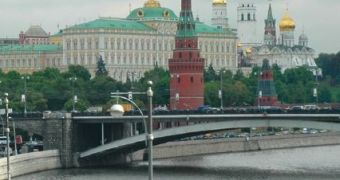When the Soviet Union collapsed, it left behind several nations that were entirely reliant on the communist giant to survive. These countries, along with a few others in Asia, including China and India, are now on a steep ascending curve, in what regards the amounts of carbon dioxide and other greenhouse gases (GHG) they emit into the atmosphere. As the current state of affairs goes, these countries are not required to reduce, or even report, the amounts of polluting gases they put out there yearly.
The United Nations announced on Monday that the levels of atmospheric pollution were increasing yearly, even in industrialized nations, which vowed to curve their GHG emissions by 2012, according to the UN-brokered Kyoto Protocol. But the world's largest polluter, the United States, was kept out of the agreement by the former presidential administration, led by George W. Bush. The new president-elect, Barack Obama, has already promised investments amounting to some 150 billion dollars in renewable energy, over the next 10 years.
The Head of the U.N. Climate Change Secretariat, Yvo de Boer, said that "The figures clearly underscore the urgency for the U.N. negotiating process to make good progress in Poznan and move forward quickly in designing a new agreement to respond to the challenge of climate change."
He went on to say that "Greenhouse gas emissions in industrialized countries continue to rise," referring to the fact that countries in the former Soviet Union showed emission increases of 7.4 percent since 2000 levels, reaching about 3.7 billion tonnes annually.
Worldwide, carbon emissions have gone up 70 percent from the 1970 levels, and are expected to peak sometime in 2015, after which time they will have to be severely cut down, so as to avoid major effects of global warming, including heat waves, more intense storms, glacier meltdown and food shortages. The Kyoto Protocol states clearly that emissions have to be cut at 5 percent below 1990 levels, but, thus far, that doesn't seem to be happening.

 14 DAY TRIAL //
14 DAY TRIAL //